ERUI:EFFICIENT SUPPLY CHAIN
ERUI:EFFICIENT SUPPLY CHAIN

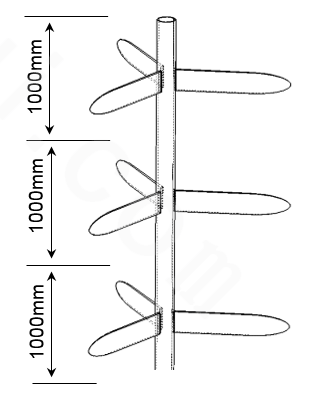
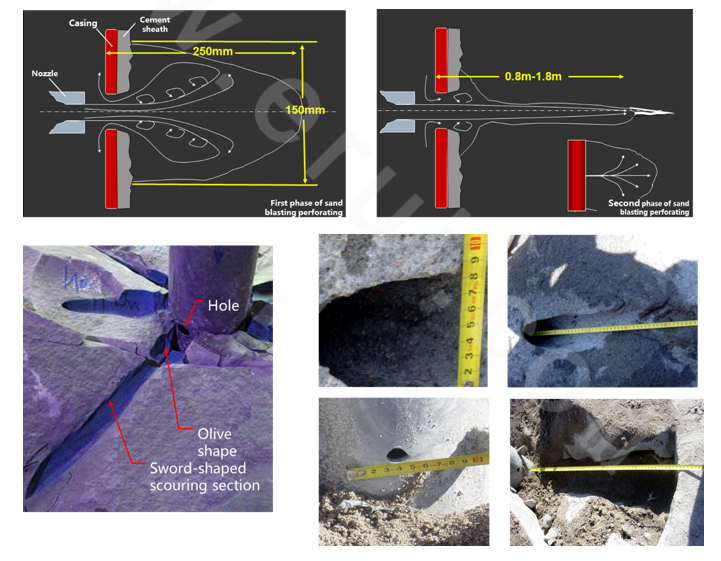
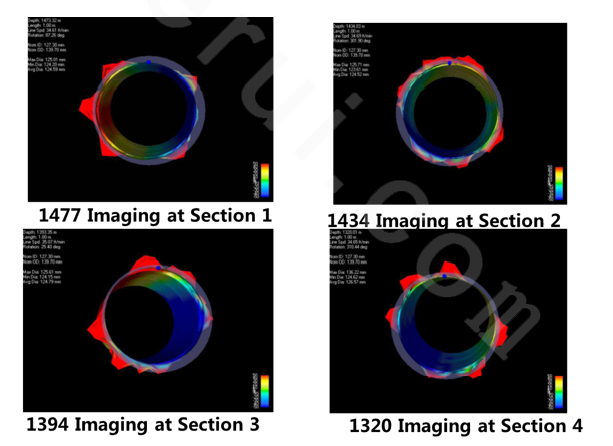
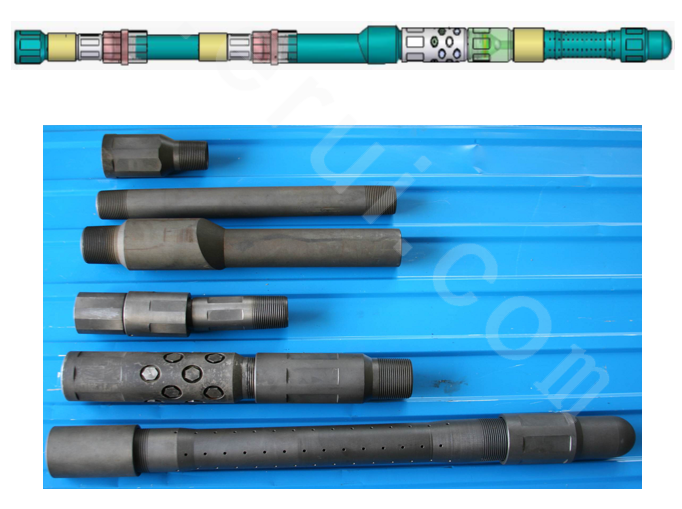
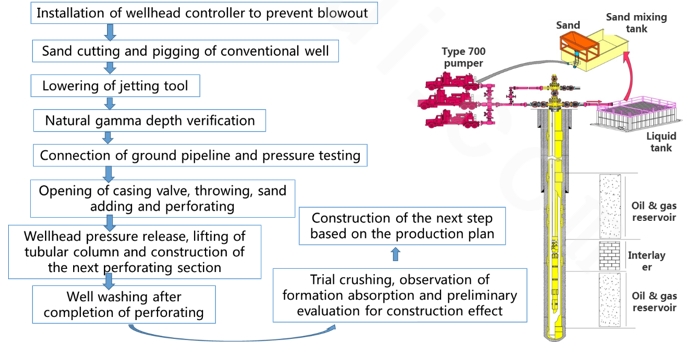
Wellbore Cleaning Technology, Solutions, Tools
10 Cost-Effective Ways to Improve Drilling Efficiency & Rate (ROP)
We demonstrate the working scene of oil and gas energy field, which help you quickly select the products you need.
